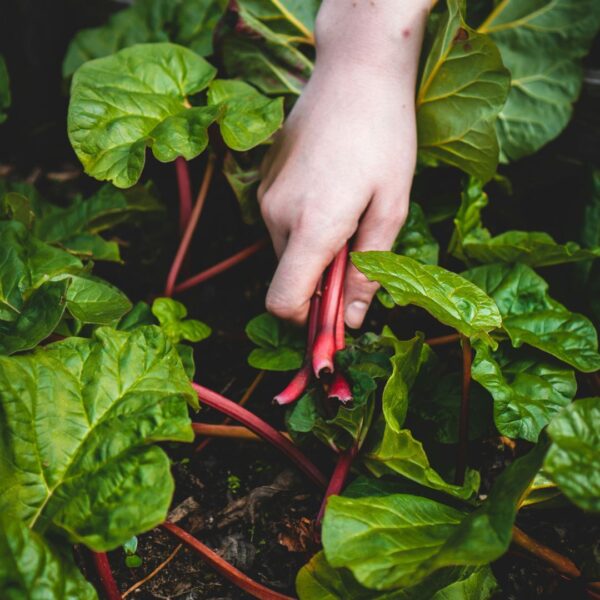Sales & Event

Planting by the Moon: Harnessing Lunar Cycles for a Thriving Garden
Gardening enthusiasts are always on the lookout for methods to improve their plant growth and yield. One age-old practice that has stood the test of time is planting by the moon. This technique, rooted in both ancient wisdom and modern understanding, suggests that the phases of the moon can significantly influence the growth and health of plants. But what does planting by the moon entail, and how can you incorporate it into your gardening routine? Let’s explore this fascinating agricultural method.
The Basics of Moon Phases
To understand planting by the moon, we first need to grasp the basic lunar phases:
- New Moon: The moon is between the Earth and the sun, and its illuminated side is not visible from Earth.
- Waxing Crescent: The moon starts to show a sliver of light on the right side.
- First Quarter: Half of the moon is illuminated on the right side.
- Waxing Gibbous: More than half of the moon is illuminated, leading up to the full moon.
- Full Moon: The entire face of the moon is illuminated.
- Waning Gibbous: The light begins to decrease after the full moon.
- Last Quarter: Half of the moon is illuminated on the left side.
- Waning Crescent: A small sliver of light remains on the left side before the cycle begins again.
How Moon Phases Affect Plant Growth
The moon’s gravitational pull affects the water content in the soil and the sap flow in plants, similar to how it influences ocean tides. Here’s how each phase can impact your gardening:
- New Moon to First Quarter (Waxing Phase): This period is ideal for planting above-ground crops that produce seeds outside the fruit, such as lettuce, spinach, and broccoli. The increasing moonlight enhances seed germination and growth.
- First Quarter to Full Moon (Waxing Gibbous): This phase is best for planting above-ground crops with seeds inside the fruit, such as beans, tomatoes, and peppers. The gravitational pull of the moon is strong, drawing moisture up and encouraging vigorous leaf growth.
- Full Moon to Last Quarter (Waning Phase): The waning moon phase is perfect for planting root crops like carrots, potatoes, and beets. The decreasing moonlight encourages root development, and the gravitational pull is ideal for drawing energy down into the roots.
- Last Quarter to New Moon (Waning Crescent): This time is best for maintenance activities such as weeding, pruning, and harvesting. Plants have a lower water content, making them less susceptible to damage from these activities.
Planning Your Garden by the Moon
To incorporate lunar planting into your gardening routine, follow these steps:
- Research Lunar Calendars: Use a lunar calendar to track the moon phases. Many gardening resources provide detailed lunar calendars tailored to your region.
- Schedule Planting Activities: Plan your planting, transplanting, and maintenance activities according to the moon phases. For example, sow seeds of leafy greens during the waxing phase and root vegetables during the waning phase.
- Observe and Adjust: Pay attention to how your plants respond to lunar planting. Every garden is unique, and environmental factors like climate and soil type can influence outcomes. Adjust your practices based on your observations and experiences.
- Combine with Other Gardening Techniques: Integrate moon planting with other sustainable gardening practices, such as crop rotation, companion planting, and organic fertilization, to maximize your garden’s health and productivity.
Benefits of Planting by the Moon
- Enhanced Growth: Aligning planting activities with lunar phases can optimize water absorption and nutrient uptake, leading to healthier and more vigorous plants.
- Natural Rhythm: Planting by the moon aligns your gardening activities with the natural rhythms of the Earth and moon, promoting a harmonious and sustainable approach to gardening.
- Increased Yields: Many gardeners report improved yields and better-quality produce when following lunar planting guidelines.
Do you do planting by the moon?
Let us know in the comments below and your success rate!